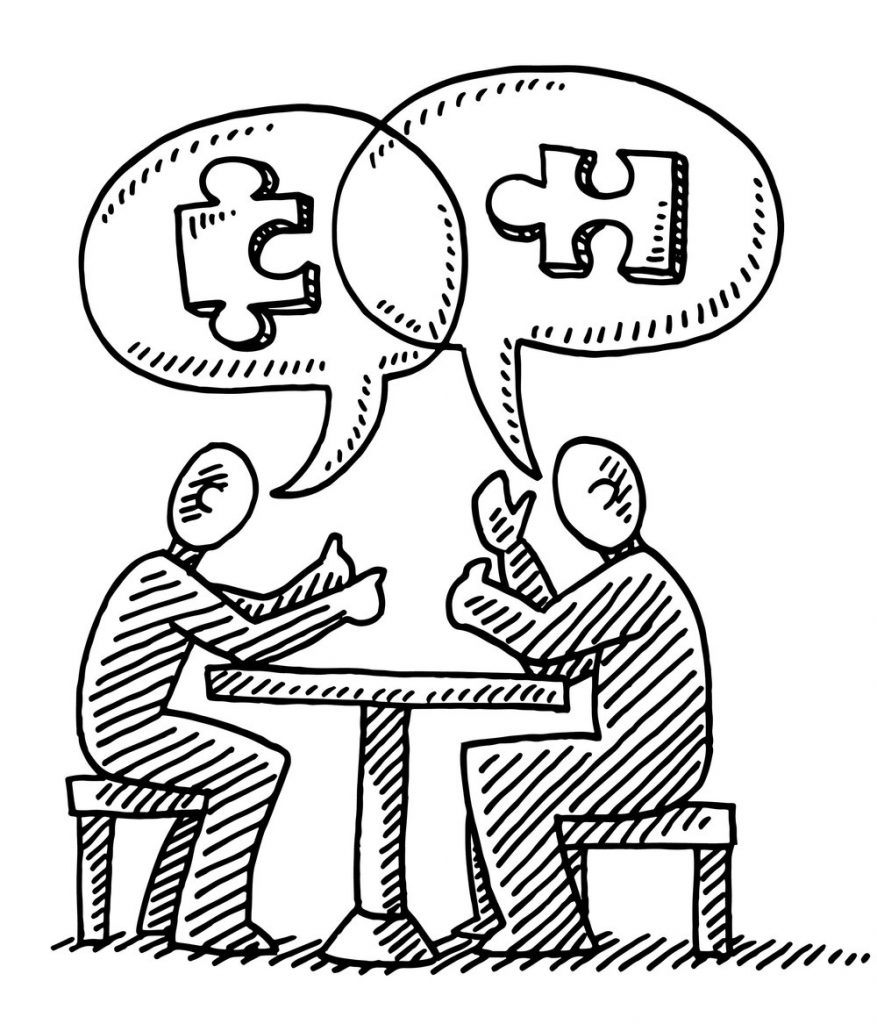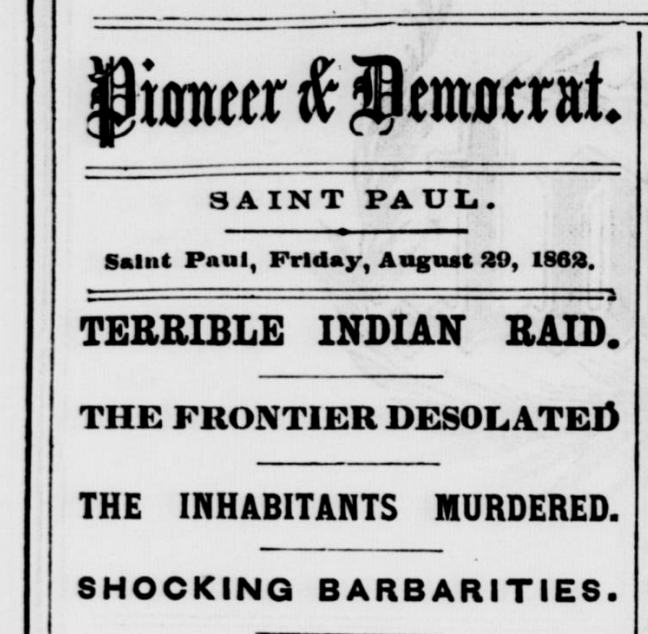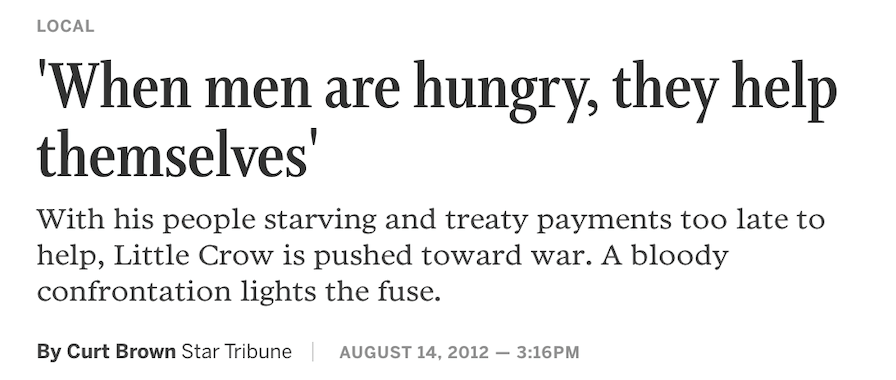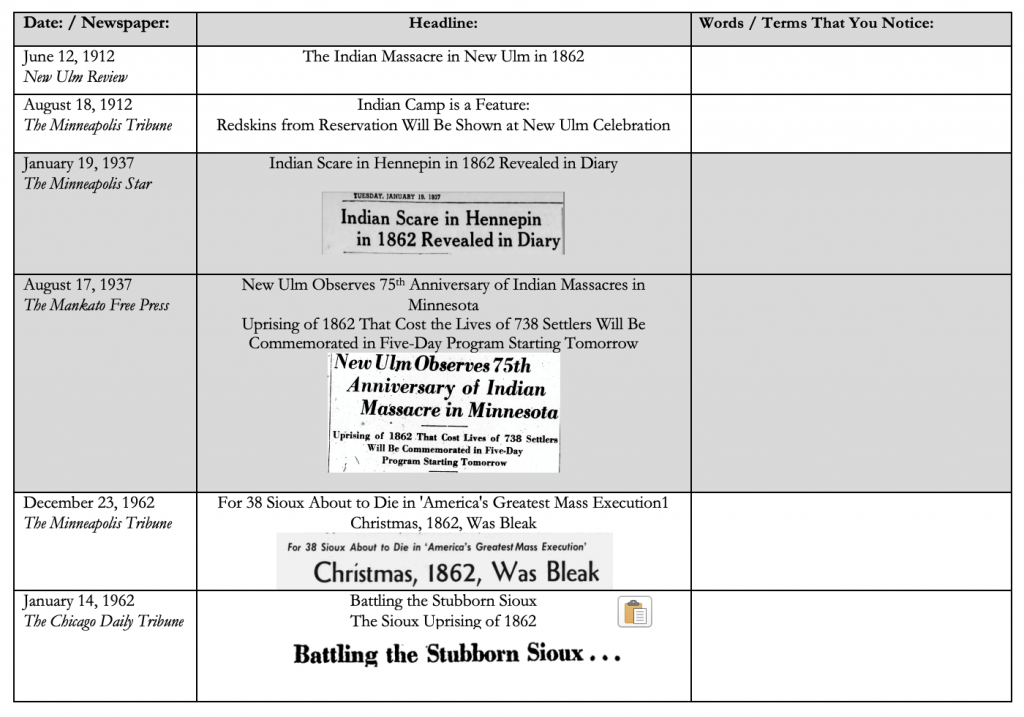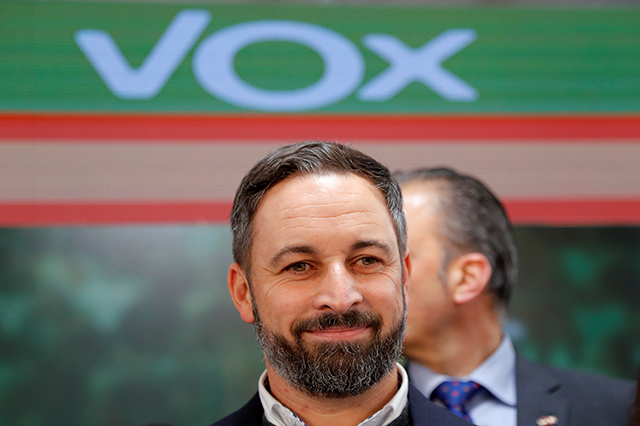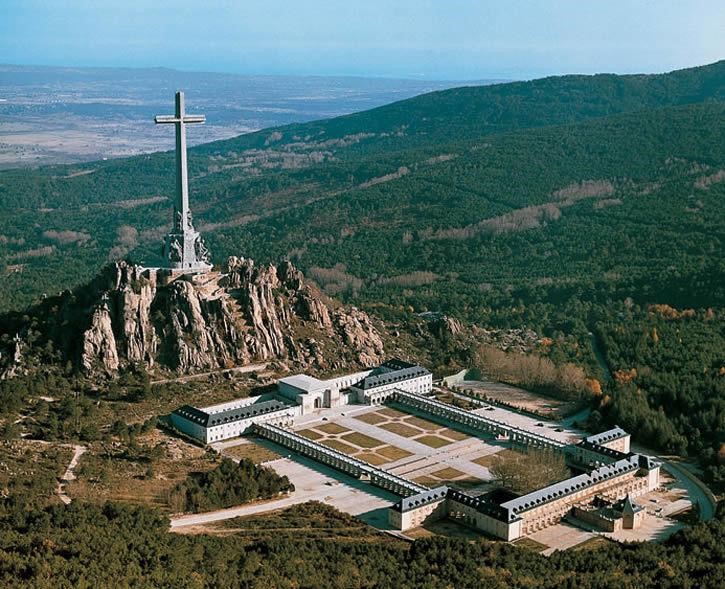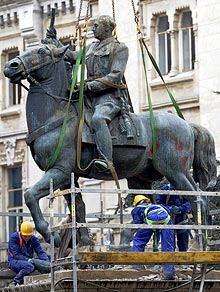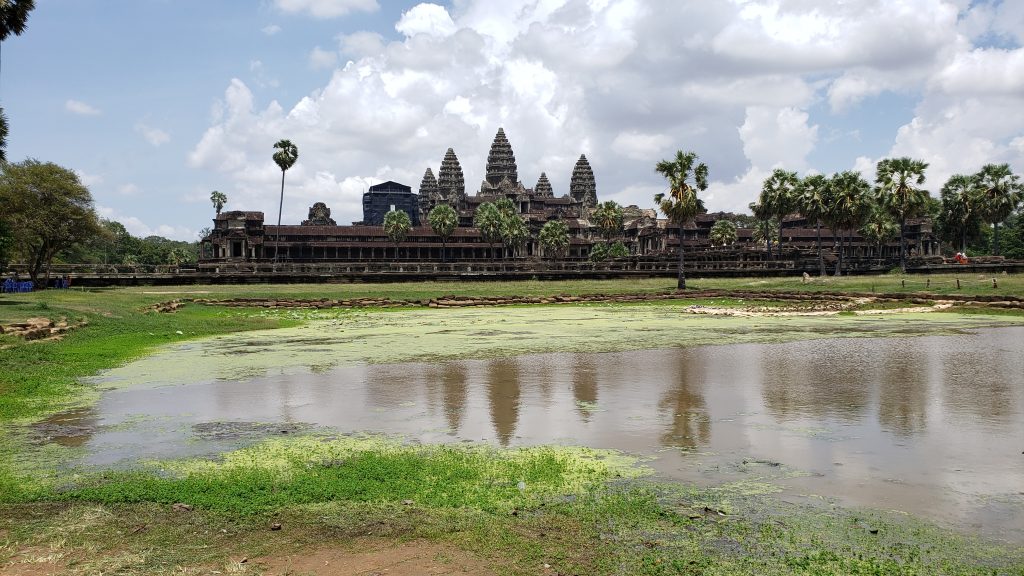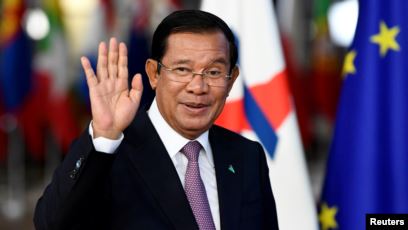Max Breger, a doctoral candidate and visiting scholar from the University of Siegen, Germany, was recently hosted by the Center for Holocaust and Genocide Studies. Breger has been in the United States for the past roughly two months, conducting research on torture committed by U.S. agencies, especially in connection with the larger so-called “War on Terror.” His work is part of a larger comparative research project led by Professor Dr. Katharina Inhetveen. Breger presented on the project and shared initial findings from his work with members of the Holocaust, Genocide, and Mass Violence Studies (HGMV) Interdisciplinary Graduate Group in a talk entitled: “Violent Interrogation, Psychology, and Body Knowledge: Torture in the ‘War on Terror.'” I sat down with Breger for an interview to learn more about the project.*
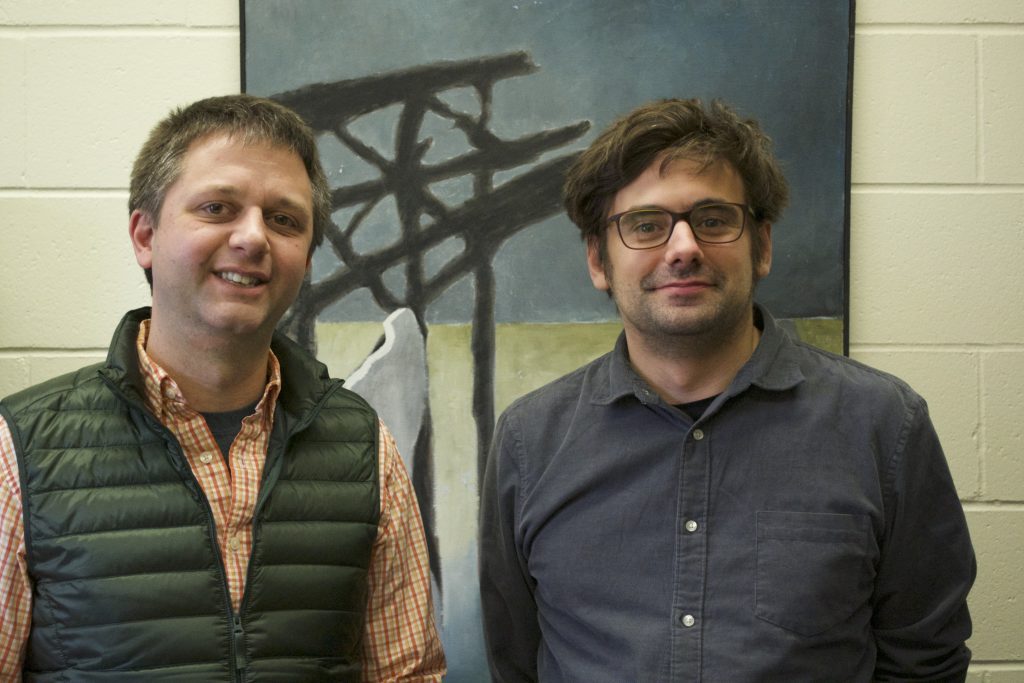
Dalbo: Could you briefly describe the research project?
Breger: I am working on a sociological research project called “Torture and Body Knowledge,” funded by the German Research Foundation and led by Professor Dr. Katharina Inhetveen at the University of Siegen in central Germany. In the project, we study torture techniques and practices in their political, cultural, and organizational contexts, and compare these across three cases. What I’m doing is focusing on the U.S. case, mainly on torture during the so-called “War on Terror.” But I’m also looking at the historical roots of the torture techniques from the Cold War era and the – mainly psychological – knowledge behind them. The second case is Argentina and Chile and is being researched by another doctoral student, Christina Schütz, who is currently in Chile. The third case – the Khmer Rouge in Cambodia – is researched by Daniel Bultmann, a post-doctoral researcher who has been working on Cambodia for a long time.
Dalbo: Why were these three cases – Argentina/Chile, Cambodia, and the United States – chosen? What do you hope to get out of a comparative study?
Breger: The idea is that we can learn more about how cultural perceptions of the body affects torture when we compare cases in different political and cultural contexts. The U.S. case and the Latin American cases are particularly interesting to compare because they are connected through U.S. training – mainly by the “U.S. Army School of the Americas” [where Latin American militaries were trained. Since 2001: “Western Hemisphere Institute for Security Cooperation “]. One question here is, for example, what impact of this training we can find in the torture practices in Chile and Argentina. In contrast, the case of Khmer Rouge in Cambodia is interesting because it is – even though the three cases are all connected in a way – a bigger cultural and political contrast. We have different dimensions that we use to compare our cases, for instance, the image of the enemy.
Dalbo: You mentioned in your talk that there had not been many scholarships around body knowledge and torture in the field of sociology. Could you elaborate on how you understand the connections between body knowledge and torture?
Breger: The concept “body knowledge” combines theories from the sociology of knowledge and sociology of the body. One might argue that sociology had not taken the body seriously enough in social theory for a long time. The concept of “body knowledge” is one attempt to acknowledge the social relevance of the body. Professor Inhetveen’s idea was to connect this concept with the sociology of violence through an empirical study. Body knowledge can be both incorporated knowledge and discursive knowledge. On the one hand, this means embodied knowledge that is non-theoretical and that we cannot easily express verbally, and on the other hand, discursive knowledge concerning the body, such as medical knowledge. Body knowledge is culturally diverse, even though the body’s material reality limits its cultural constructability. Body knowledge can differ in different cultural contexts. For us, this means that perceptions of the body have an impact on the torture practice, how torturers address the body, and how they and the tortured experience their own and each other’s bodies. For example, there might be differing ideas of where a specific person is vulnerable, depending on different images of the enemy that we find in our cases. Torture itself produces body knowledge in the sense that the torturer experiences his own and the victim’s body in new ways and produces knowledge, which, for example, can be shared with colleagues or can be worked into training manuals, such as those created by the CIA during the Cold War era. At the same time, the tortured experiences his or her body in a new way, both in the moment of torture and through the long-term effects. One example of discursive body knowledge is the professional psychological knowledge that I find in many documents concerning the U.S. case.
Dalbo: Could you talk a little bit about the research that you have been doing over the past seven or eight weeks in the United States?
Breger: I have been mainly in New York, Maryland, and Washington D.C. In New York, I talked to NGO lawyers, who are working on cases related to torture during the “War on Terror.” Then, I did some research at the National Archives in College Park and D.C. I was looking for documents from the Cold War-era concerning how military intelligence personnel and psychologists working for the U.S. military were conducting research on ‘enemy communist interrogation’ containing torture. I was especially interested in interviews with returned U.S. Prisoners of War from the Korean and the Vietnam Wars. My question here is: how exactly is this knowledge connected to the torture techniques used in the “War on Terror”? This connection, however, is not a new finding by me. You will find many references in the literature, most prominently in Alfred McCoy’s books. Still, I want to take a closer look at how this knowledge transfer happened – with our specific research questions in mind.
Dalbo: Could you share a few takeaways from the research you have conducted in the United States so far?
Breger: The lawyers I was talking to mentioned how important accountability and acknowledgment were for the torture survivors they were working with. This seems to be important for the healing process. What surprised me was that, according to the lawyers, many survivors still had a kind of trust or at least hope in the legal process and the rule of law in the USA, even though they had been tortured by U.S. officials, and real accountability has been very rare so far. One important exception to this lack of accountability was a lawsuit by the ACLU against the two psychologists working for the CIA, Mitchell and Jessen.
Dalbo: Is there something about conducting this research now, in 2019, in this present moment?
Breger: Yes, for me, it is interesting to work on the U.S. case now, because more and more documents have been declassified in the last few years due to Freedom of Information Act lawsuits, most importantly the Senate report [in 2014]. The Mitchell and Jessen lawsuit [settled in 2017] also led to the declassification of relevant documents.
Christina, who is in Chile right now, and before that was in Argentina, has been experiencing the conflicts that have been going on there. She has found many references from the protestors to the past dictatorship that she is studying. Also interesting is that it is currently not possible to reach the SOA Watch [School of Americas Watch] website from Chile. We do not know if it was blocked intentionally. SOA Watch has a list of past graduates from the School of the Americas. Christina was only able to access the website through the VPN client from our university in Germany.
Dalbo: What are the goals for the study?
Breger: The goals for the research are to get a better understanding of the interrelations between cultural body knowledge and torture and the dynamics of torture from a sociological perspective in general. In the long term, our hope is that, through this understanding, we can help to prevent torture.
*Responses have been edited for clarity and length.
George Dalbo is the Educational Outreach Coordinator for the Center for Holocaust and Genocide Studies and a Ph.D. student in Social Studies Education at the University of Minnesota with research interests in Holocaust, genocide, and human rights education. Previously, he was a middle and high school social studies teacher, having taught every grade from 5th-12th in public, charter, and independent schools in Minnesota, as well as two years at an international school in Vienna, Austria.

